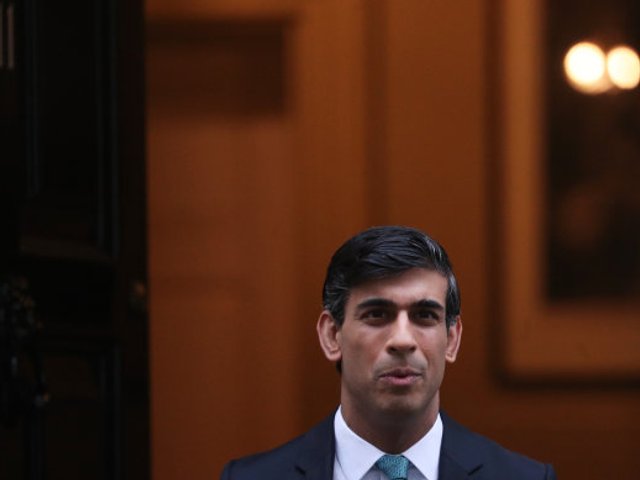The decision by the UK government to review arm’s length bodies such as Arts Council England and Historic England, assessing whether they should be “abolished or retained”, has sparked concerns in the culture sector. Jacob Rees-Mogg, the minister for Brexit Opportunities and Government Efficiency, says in an online statement that the new Public Bodies Review Programme ensures "the best possible outcomes for the citizen…", evaluating "whether [a body] should continue to deliver all of its functions”.
“Efficiency savings” of at least 5% per organisation should be identified as part of the review process, according to The Stage newspaper. The official government guidelines state that “a review should assess whether there are more efficient and effective alternatives to deliver the government’s objectives. This can include merging the body with a similar body, and closing the body and bringing its functions back to the department.”
“Lead reviewers” will be appointed by the Department for Digital, Culture, Media and Sport (DCMS) to undertake the evaluations; further information on individual reviews will be made available in due course. But an anonymous arts professional says: “I think any arts organisation should be concerned, especially if the initiative comes from [the Culture Secretary] Nadine Dorries. What are the criteria for ‘identifying efficiency savings?’”
Rees-Mogg elaborates, saying: “The pandemic has stretched public bodies and required them to respond and adapt at a pace and scale that is unprecedented. It has also demonstrated the urgent need for public service reform…for public bodies that means ensuring they are a necessity. Government must assess whether a function should be delivered by the State, or whether an alternative is more fitting.” There are in fact a total of 295 arm’s length bodies in England—all subject to scrutiny—which spend more than £220bn each year. The government announcement also comes in the wake of the £1.57bn spent during the pandemic on the Cultural Recovery Fund which helped the sector “survive”, say DCMS officials.
A former Arts Council England (ACE) employee, who also preferred to remain anonymous, says however: “There is an ideological agenda about reducing the size of the state. Our cultural sector has been hugely successful, entrepreneurial and dynamic, but it does need the stability of core funding from government to achieve this success. Cuts at this moment would be hugely damaging at a time of enormous vulnerability in the sector.”
He adds that for all its faults, if ACE were to be abolished, a replacement would have to be invented to disburse reduced state funding. “The effect would be disastrous. Cuts to the Arts Council would be politically, socially and economically retrogressive. Let us not forget that the standstill funding currently on offer to NPO organisations [National Portfolio Organisations funded by ACE] takes us more than a decade into a situation that has effectively cut funding every year; ACE has been unable to keep their support in line with inflation for that whole period.”
The UK’s cherished “arm’s length principle” ensures national museums and organisations such as Arts Council England can operate independently without government interference. Government guidelines reiterate that “ALBs (arm’s length bodies) are distinct from their departments, with varying levels of independence or ‘lengths of the arm’, across the landscape. Despite the different degrees of independence of ALBs… they are responsible to Parliament for their use of public funds.”





